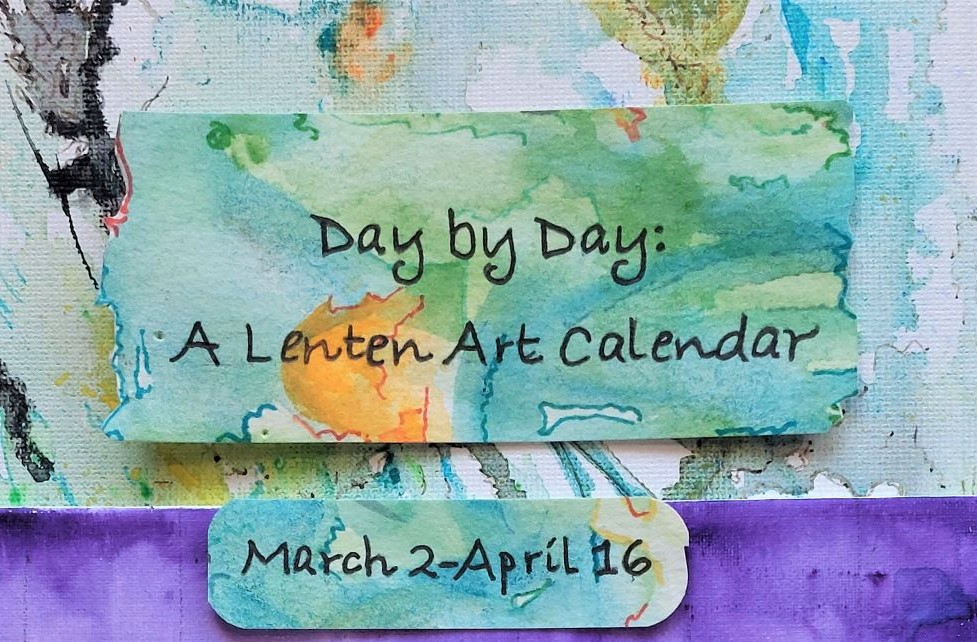
The Shelburne Birches
Driving through the evergreen forests of New Hampshire on an afternoon in early spring, we were wrapped in a green blanket. Thick stands of evergreens- spruce, fir, hemlock, and pine– lined both roadsides of Route 2, the highway that spans that state’s northern reaches from Maine to Vermont. Interspersed among the evergreens were maple trees with leaves just beginning to unfurl and a few bare-branched oak trees, always the last to leaf out. We negotiated a sharp curve and pulled off the highway into a small parking area. We had found our quest: the famous Shelburne birches. The trunks of hundreds of bright white birch trees glistened all around us. Their small leaves shivered in the brisk spring breeze; their greenish-yellow colors were intensified by the sunlight. Shelburne, New Hampshire is a tiny burg of about 400 people, but the hundreds of beautiful birch trees there (more trees than people) earn it a well-deserved place in any travel magazine. These stunning birches stood tall, reaching towards the azure sky like the arches of a cathedral. Maybe that’s why the people of Shelburne added a small veteran’s memorial there. It is a holy place.
New Hampshire is full of white birches. It’s the state tree, and birches are distributed throughout the region. This particular stand is unusual only for its location. Although surrounded by hundreds of acres of dense forest, it’s easily accessed by hikers on the nearby Appalachian Trail or locals and tourists in search of a scenic vista. It’s a photographer’s dream year-round with its winter-white columnar trunks or the interesting shadows cast by summer-laden branches. In autumn, it’s a leaf-peeper’s paradise when the birches’ deep mustard leaves contrast with the blue-green spruces, red maples and orange oaks.
Decades ago, some of the millions of the seeds birches produce annually blew in and those few acres of open land won that season’s birch-seed lottery. Birch trees need sunlight to grow, and that sunny spot provided a welcoming environment. Birch trees have many practical uses as lumber, pulpwood, even sap for syrup, but this particular stand of trees was never harvested. These birches’ purpose is one of sharing its bright beauty… or perhaps it is another intrinsic trait that brought them here.
Birches trees are pioneers. In forestry, that means that they are one of the first trees to re-forest an area after fire. Due to their prolific production of seeds and their fast pace of growth, birch seeds arrive and thrive in the aftermath of forest fires as if summoned by Smokey the Bear or Johnny Birch-seed and begin their important work of soil protection and habitat restoration. Since birch trees are not particularly long-lived trees, they have to get to work right away and they do–growing as much as two-feet a year. I wonder if the Shelburne birches found their way into a burned out scar generations ago. Forestry experts would know the answer, but since I can’t claim an expertise in the ecology of the forest, I focus on what I do know: Birch trees have an essential purpose not obvious to passers-by. They help rebuild a devastated land, a worthy job for pioneers of all kinds. Re-forestation can’t be done by one tree, nor is it something that can wait until the strong but slow-growing oaks arrive on the scene. Rebuilding any kind of devastation just can’t be done alone, nor can it wait for generations. It takes all of us to re-grow scarred and hurting places, whether on a monumental scale or a personal one. In forests, in countries, in relationships, with many people or with just one, something, someone has to be the first. You know that word holy I used to describe the cathedral of birch trees stretching out above me? Yes, holy is the word for the work of pioneers whether arboreal or human, for fire-damaged forests and for a hurting, needy world.
Our photographs taken, we climbed back into the truck and continued our onward journey. There were still patches of snow and ice visible in the shady forests. Winter had not quite loosened its grip. Somewhere a birch tree would soon be sending out millions of seeds, some of which would land on scorched and barren soil. Another chance for restoration would start. May it be so, for forests and for peoples, in places faraway or just around a curve up ahead.

Today’s tile is a stand of birch trees in the late winter just before the leaves begin to form. It is painted on a background of white using varying intensities of black watercolor. Birch trees and humans, coincidentally, have approximately the same average lifespan, about 70 years, although many live much longer. These trees symbolize opportunities that will not last forever. There are only a few trees in this small picture but remember—these are birch trees. From the few will grow the many.
I long to accomplish a great and noble task, but it is my chief duty to accomplish small tasks as if they were great and noble.
–Helen Keller



2 Comments
Nita Gilger
One of my favorite reflections from you. Simply beautiful!! Thank you!
Liz
Thank you beautifully written, just passed the trees and really appreciated reading about them.